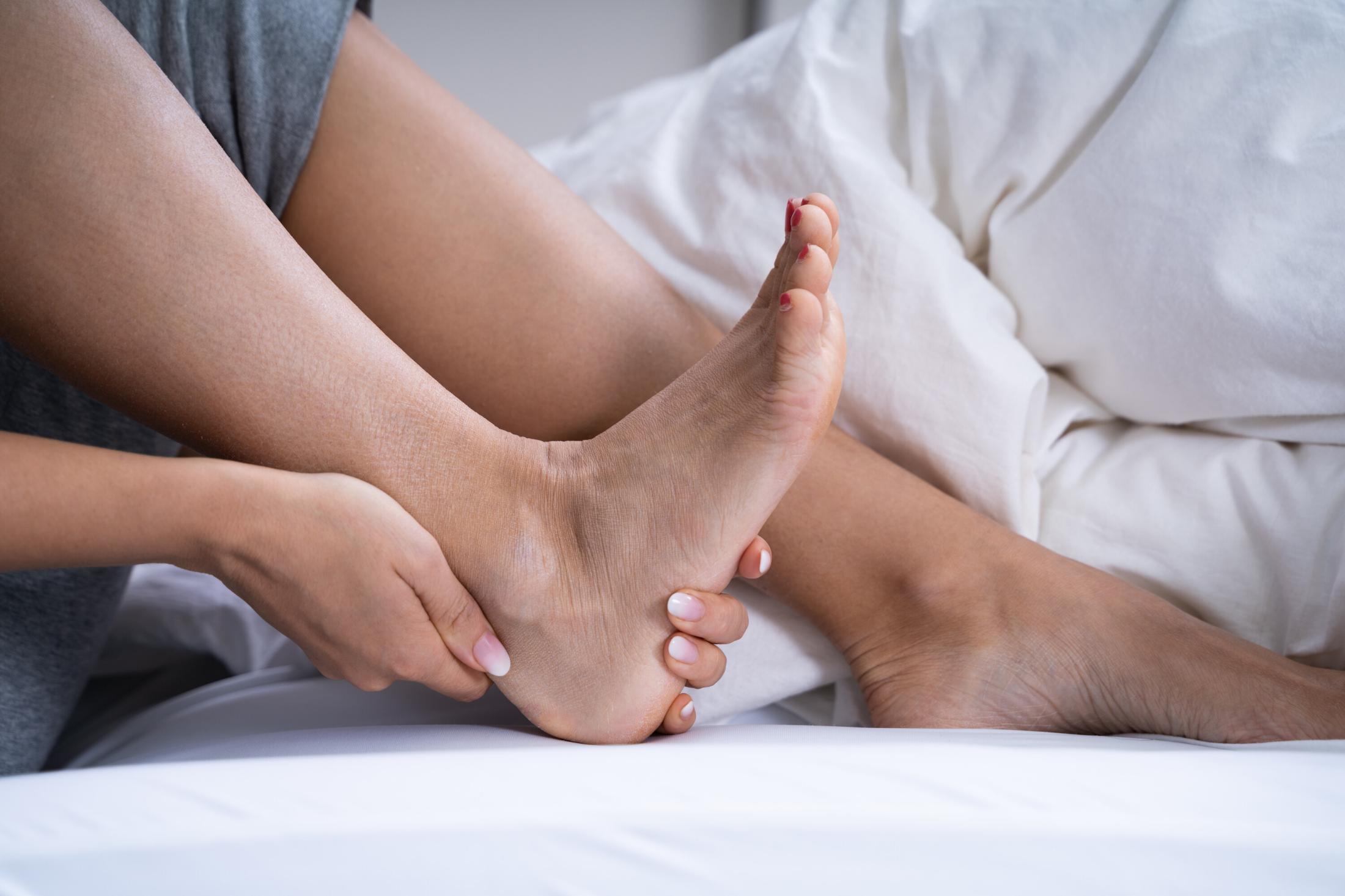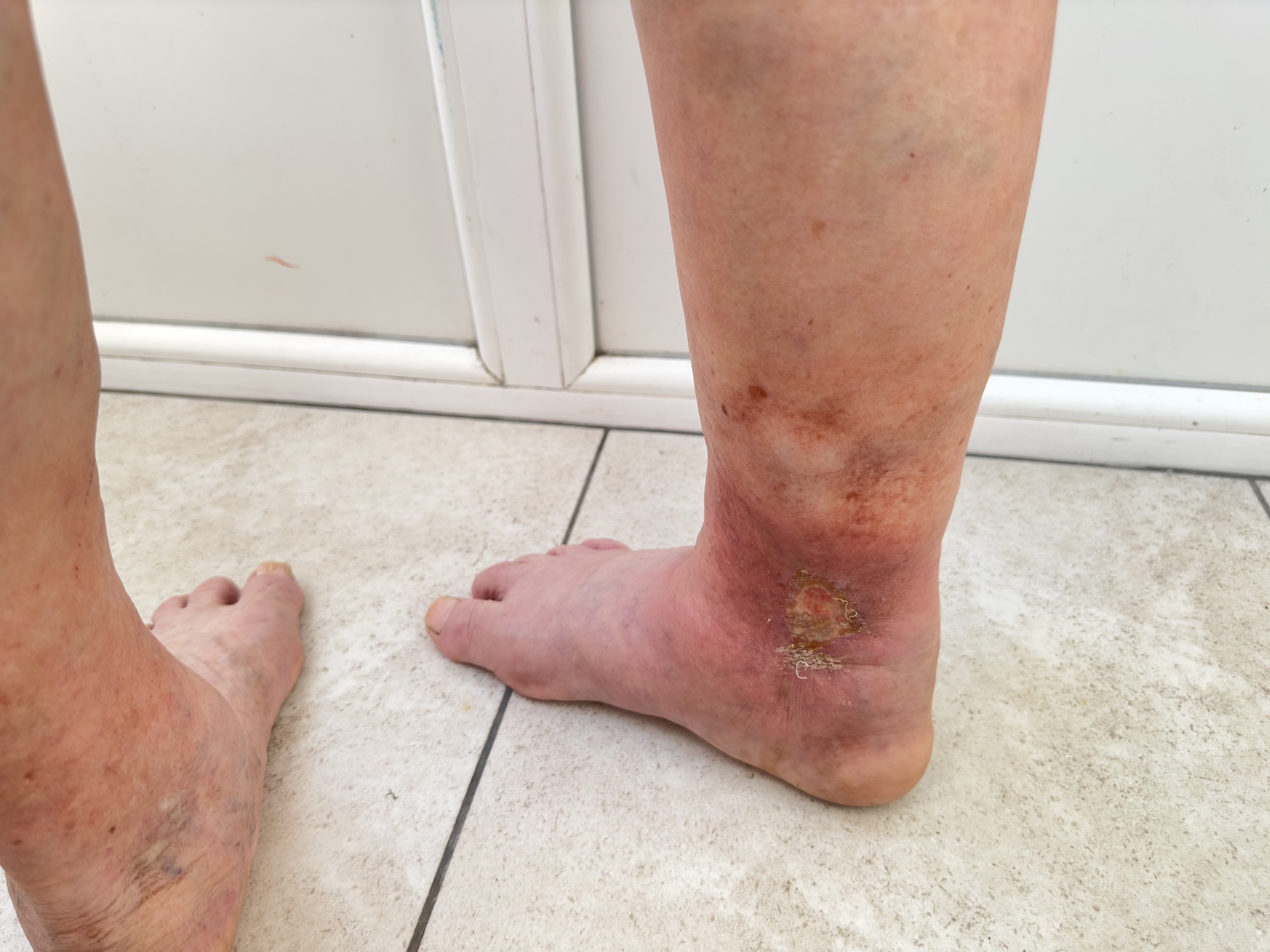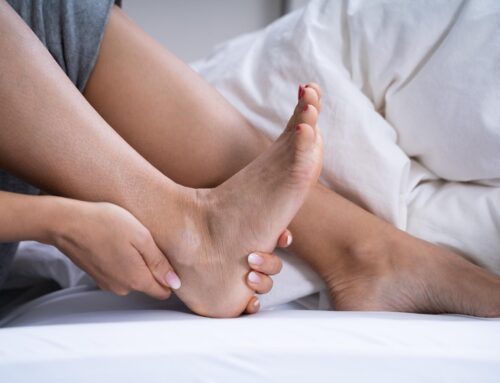Knee and hip replacement surgery is a common orthopedic procedure. However, patients may experience leg length discrepancy (LLD) after surgery. LLD is when the lengths of the two legs are different, causing pain and difficulty walking. Orthotics can help to correct this problem.
Orthotics are custom-made insoles that help to correct leg length discrepancy and help patients with leg length discrepancy after knee or hip replacement surgery. They give support and help the knees and hips move properly. If your doctor says you have LLD, you may want to talk about the benefits of orthotics.
What is a Leg Length Discrepancy?
A leg length discrepancy is a condition in which a person’s legs do not align properly. In some cases, the difference between a person’s leg length and foot length may be slight, while in other cases, it may be much more significant. People with leg length discrepancies are at risk for developing knee pain and discomfort, as well as hip pain and injury.
Structural vs Functional LLD
There are two types of LLD: structural and functional. Structural LLD results from a difference in the bone structure of the two legs, while functional LLD occurs due to an imbalance in the muscles, tendons, or ligaments around the hip and knee, or from other factors like a tilted pelvic bone. A bad hip replacement or knee replacement surgery can cause either type of LLD. However, functional LLD is more common, because it is easier to create an imbalance around the joint than it is to change the actual bone structure.
Leg Length Discrepancy After Hip or Knee Replacement
During a hip replacement, the surgeon removes the damaged ball and socket joint and replaces it with an artificial joint. The length of the artificial joint is typically based on the healthy leg, so if the patient has LDD before surgery, the new joint will usually exacerbate the condition. In some cases, patients may require a second surgery to correct the problem.
Knee replacement surgery is also a common cause of LDD. This procedure involves replacing the damaged knee joint with an artificial joint. The length of the artificial joint is again based on the healthy leg, so if the patient has LDD before surgery, this procedure will usually make the condition worse. One study found that patients with an LLD of more than 5 cm had a higher rate of postoperative complications, including infection and deep vein thrombosis, and poorer functional outcomes, compared to those with an LLD of 5 cm or less. These findings suggest closely monitoring patients with an LLD of more than 5 cm for postoperative complications and functional outcomes after a total knee replacement.
What will the Doctor Look for when diagnosing LDD?
When it comes to leg length discrepancy (LLD), there are a few different things that doctors will look for during a physical examination. One of the most common things that they’ll check for is an unequal leg length. This can be done by simply measuring from the hip to the ankle on both sides of the body. They may also assess range of motion and muscle strength, as well as look for any areas of tenderness or deformity. In some cases, doctors may also order X-rays, CT scans, or scanograms to get a better look at the bones and joints. Overall, these examinations can go a long way in helping to diagnose LLD.
Symptoms of Leg Length Discrepancy
People with an LLD may limp when they walk, or you may see them toe-walking. They may also have trouble going up and down stairs or have poor posture. If you have an LLD, you may not need treatment. But if your LLD is causing problems, there are a few things that may be done to help. Everyone’s situation is different.
- Exercises and stretches
- Surgery
- Custom Orthotics
Orthotics for Leg Length Discrepancy
Although leg length discrepancy may be permanent, orthotics can correct it. These are the most common, non-invasive methods for treating LLD. A doctor may prescribe these insoles if the issue does not get better on its own. Patients should only purchase orthotics that have been prescribed by a doctor which are also known as custom orthotics.
There are many types of orthotics, each used for different purposes. Some common types include heel lifts and shoe inserts.
Heel lifts raise the heel and bring it level with the rest of the foot. Manufacturers make heel lifts in a variety of formats to meet the patient’s mobility needs. You may also benefit from arch-correcting shoe inserts. These inserts lift your arch, and if you have a fallen or flat arch that originally contributed to your LLD, this may be a viable solution. Lastly, there are orthotics that combine both an arch-insert with a heel lift.
Shoe inserts for LLD are usually custom made and this is because a doctor should evaluate your LLD so that a custom insert can be created based on the severity of your LLD. The measurements of the insert will match the measurements of your LLD. This ensures the orthotics provide the best comfort for you.
Where to Get Orthotics in Toronto, Canada?
Custom orthotics can make a big difference in the way you feel every day. If you suffer from LLD resulting from a hip or knee replacement, custom orthotics can help to provide relief by aligning your feet and legs. If you’re looking for custom orthotics, Care-Med in Toronto can help.
Share This Story, Choose Your Platform!
Table of Contents
We specialize in orthotics, body braces, and compression wear tailored to your unique needs in Toronto. Reach out to us at info@caremed.care or call 416-782-5353 to book your fitting and consultation.
Experience the difference of customized solutions designed just for you.











